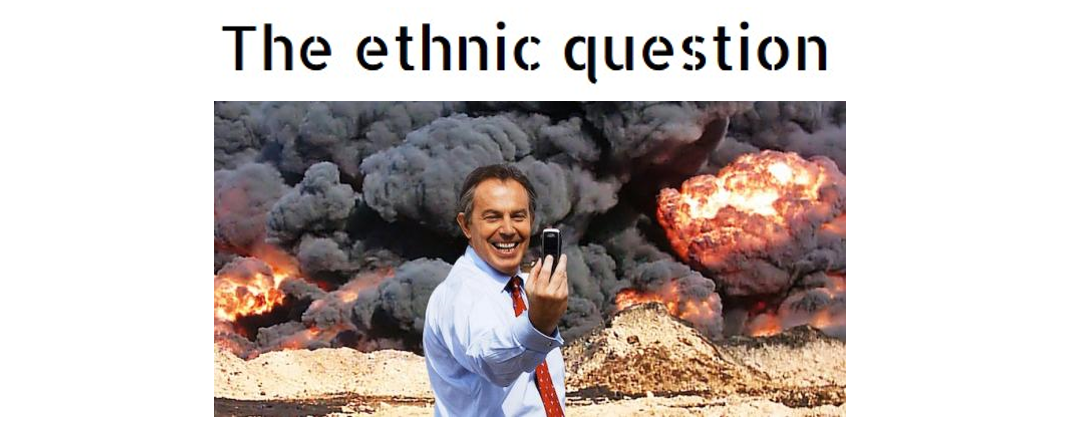Almost two weeks since the streets of Baltimore erupted in violence following the funeral of 25-year-old Freddie Gray who died of injuries whilst in police custody, swelling media hype is transfixed on images of a mother scolding her son for demonstrating; the use of the word ‘thugs’ to describe the protesters; Baltimore Mayor Rawlings-Blake’s unclear messaging; and the movement of the Governor’s office to Baltimore City. These stories paint a picture of a city in damage control; focused on the superficial details of the immediate impact of the disaster, rather than the seismic shifts that caused it.
The Huffington Post recently published an article entitled ‘Racial
Segregation and the Baltimore Riots’, which argues that in retrospect, the
riots should not have been a surprise:
The tensions between the police officers and African Americans living in
segregated, inner-city communities have been festering for decades. The
problems attributable to segregation can be traced to the early decades of the
20th century when American ghettos were deliberately created and maintained by
public and private institutions.
Portrayed as a clash between black citizens and the police –
the oppressed minority and the powerful majority or even black vs ‘white’ – an
investigation is underway to ascertain whether or not the Baltimore Police engaged
in civil rights violations. Attorney
General Loretta Lynch stated the investigation
“Will focus on allegations that Baltimore Police
Department officers use excessive force, including deadly force; conduct
unlawful searches, seizures and arrests, and engage in discriminatory policing.”
To some, this echoes investigations following the death
Michael Brown, which
ultimately found the Police Department had racial bias in its practices. To
others, it is a reminder
of the riots that ensued after the assassination of Martin Luther King Jr. While
the similarities between these events are limited, the fact these comparisons
are so readily drawn indicates that there are feelings of discrimination and
wrong-doing fresh in the shared Baltimorian memory. When these shared memories
exist so violently in a community, accuracy is no longer the most important
element in the conflict.
Baltimore Police Commissioner Anthony Batts highlighted this
point by emphasising the significant
lack of trust between the community and police in Baltimore. Likewise, President
Obama stated there is a growing
trend of class stratification in America between the very rich and the very
poor, encouraging people to combat poverty as the underlying cause of the
Baltimore riots. Pinpointing the roots of unrest in Baltimore as a
lack of opportunity for inner-city youth and laws that make it difficult to
escape a cycle of crime, how does this translate on the ground in Baltimore?
Does this mean we should be looking at class-based – dare I
say, Marxist – interpretations of American society to resolve what is commonly considered
‘racial’ or ‘ethnic’ conflict? If this is the case, the riots in Baltimore aren't as black and white as they may seem.



No comments:
Post a Comment